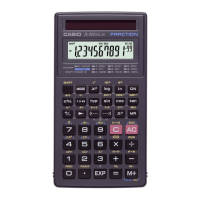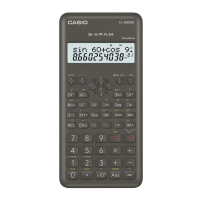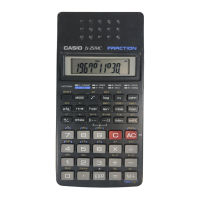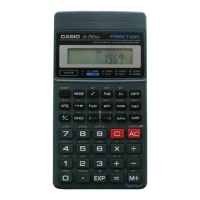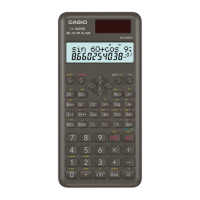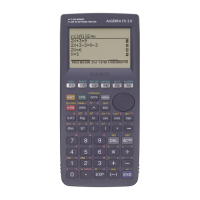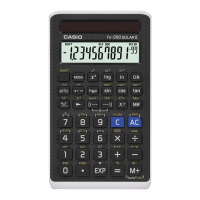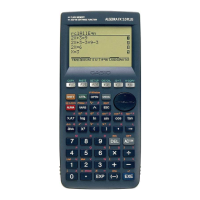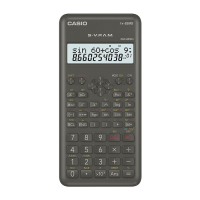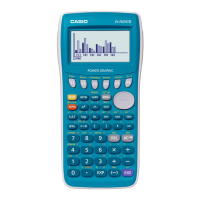Do you have a question about the Casio FX-201P and is the answer not in the manual?
| Weight | 120g |
|---|---|
| Programming Steps | 128 steps |
| Type | Programmable Calculator |
| Display | 10-digit LCD |
| Functions | Trigonometric, Exponential, Logarithmic, Statistical |
| Power Source | Battery |
Powers the calculator using dry batteries; approx. 8 hours continuous use.
Powers the calculator using AC adaptor; details voltage compatibility and usage.
Explains the layout and function of each calculator key, covering input, control, and function keys.
Important information regarding scientific notation, overflow checks, and entry limits.
Demonstrates fundamental calculations and their operations on the calculator.
Explains how to use the calculator's constant calculation feature for repetitive operations.
Details calculations involving the calculator's independent and data memory functions.
Covers trigonometric, logarithmic, exponential, and other advanced mathematical functions.
Explains the keyboard layout and functions relevant to program calculation modes.
Details the three modes (MANUAL, COMP, WRITE) for the program switch.
Explains the display read-out parts and lamps (ENT, ANS) during program operations.
Describes the usage of various keys in WRITE and COMP modes for programming.
Lists the internal memories available and their usage in program calculations.
Explains how program steps and command codes are displayed during writing and checking.
Outlines the steps for using programs and provides an example for octahedron calculation.
Guides on checking, erasing, and modifying previously stored calculator programs.
Basic rules for programming, including data input, calculation, and answer display messages.
Demonstrates how to program calculations for finding totals, using the summation feature.
Explains the functionality and usage of the Manual Jump (MJ) command in programs.
Explains conditional jumps using IF, comparing values and branching program execution.
Details using I-memory for indirect addressing of values during calculations.
Explains how to create and use subroutines within programs for modular calculation.
Guides on creating flow charts to plan and structure programs for easier writing.
Summarizes program calculation sequence and basic programming techniques.
Provides example programs and their sheets for classification totals.
